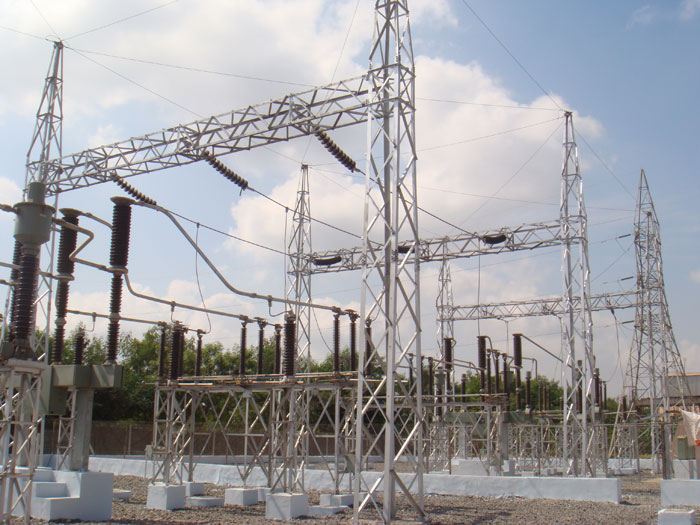The all India electricity demand is expected to witness a growth of 6.0– 7.0 per cent in FY22 against an estimated decline of 2.0–2.5 per cent in FY21, driven by a favourable base effect and likely recovery in demand from the commercial and industrial (C&I) segments, noted ICRA in a release. However, the outlook for state government discoms continues to be negative.
The all-India thermal PLF is likely to improve to 57.0- 58.0 per cent in FY22 from the estimated level of 53.0 – 54.0 per cent in FY21, although it still remains subdued.
Commenting further, Sabyasachi Majumdar, Group Head& Senior Vice President – Corporate ratings, ICRA, said: “Given the subdued thermal PLF, lack of visibility in signing of new power purchase agreements (PPAs) for thermal IPPs and modest tariffs in the short-term power market, the credit outlook on the thermal power segment continues to remain negative. As a result, the resolution of the stressed thermal assets in the private segment remains slow, with over 80 per cent of the 40 GW stressed coal-based projects unresolved. On the other hand, the credit profile of the Central power generation utilities is supported by the presence of long-term PPAs under the cost-plus tariff structure, and strengths arising out of sovereign parentage.”
Power distribution: Negative
The credit outlook also remains negative for the distribution segment, given the continued weakness in financial position of most state distribution utilities (discoms). The discom finances have been further constrained by the sharp decline in revenues from the C&I customers in H1 FY2021 following lockdown restrictions. Notwithstanding a demand recovery in FY2022, the discom losses are likely to remain at greater than Rs. 750 billion, given the inadequate tariff revisions, high distribution losses and additional interest cost on the loans availed under the liquidity support scheme.
The Government of India in May 2020 announced the liquidity support scheme of Rs. 1,200 billion, in the form of loans from Power Finance Corporation (PFC) and Rural Electrification Corporation (REC) to clear the dues to power generating companies from discoms amid the adverse impact of Covid-19.
However, this scheme is the fourth such bailout being provided to the discoms over the past 15 years, without adequate improvement in discoms’ operating efficiencies. While the Ministry of Power, Government of India has also proposed significant reforms in the sector, including privatisation of discoms to bring about a sustainable improvement in discom finances, the pace of implementation of such reforms by state governments and proactive focus by the utilities to ensure the operational improvements (w.r.t. tariff, cost and efficiency levels) remain critical areas.
Renewable Energy: Stable
On the other hand, the credit outlook for the renewable energy is stable because of factors such as continued policy support from the Government of India, the presence of creditworthy central nodal agencies as intermediary procurers in addition to the improving tariff competitiveness, as reflected from the recent new low of Rs. 2.0 per unit in the solar power segment. These factors are likely to result in continued strong investment prospects. Thus, ICRA estimates an improvement in capacity addition to 11-12 GW in FY2022 from the estimated level of 7.5 GW in FY2021, backed by a healthy project pipeline of about 50 GW and easing of the supply chain challenges. Moreover, the investment prospects for the sector remain strong.
Girishkumar Kadam, Sector Head & Vice President, ICRA Ratings, adds: “The renewable segment would remain the main driver of capacity addition in the power sector, with a share of 65-70 per cent over the next five-year period. While the sector is facing execution headwinds for under-construction projects, regulatory challenges, mainly in Andhra Pradesh related to tariff renegotiation and risk of grid curtailments, the credit profile of majority of the ICRA-rated wind and solar power IPPs has remained stable, supported by the presence of long-term PPAs, implementation of must-run status across majority of the states, satisfactory operating performance, adequate liquidity buffer and a strong sponsor profile. Further, the realisation of payments from discoms under the liquidity scheme has also improved the liquidity profile of some of the wind and solar IPPs.”
Power transmission: Stable
The outlook for the transmission segment remains stable with the presence of availability-linked payments and timely realisation of payments for the inter-state projects as the billing and collections are handled by the Central transmission utility under point of connection mechanism. Also, the payments to the transmission utilities constitute a small portion of the discoms’ cost structure, which generally results in limited propensity on part of the discoms to stretch payments to transmission companies.



